Louise Weadock, a registered child psychiatric nurse and founder of WeeZee World, explains why sensory play is important to children’s development and offers tips on how you can create a dynamic learning environment at home.
Research is teaching us that sensory learning and cognitive development start in utero. A newborn’s initial learning occurs when they internalize their environment. They perceive and learn how to react to their world through their five senses. Sensations (sensory messages) tell the brain what it sees, smells, hears, touches, and feels. Children use observation, experimentation, and problem solving — skills required in “sensory play” — to lay the groundwork for life in the classroom and the world at large. Counting, sequencing, sorting, motor-planning, coordinating, constructing, and scientific thinking are all the result of sensory play experiences. The outcome of “sensory play” is self-confidence and sociability, and an increased ability for children to master what they are trying to achieve.
When my children were growing up, I created a “learning wonderland” in my basement. Therapists and academic specialists would call it a “sensory bath.” The neighborhood kids called it “the coolest house ever!” Home décor and lighting appeared as colorful art forms but were actually sensory soothers or stimulators proven to help children process and respond more quickly to their world and with more accuracy — so roughhousing was a must! Large beanbags, swings, trampolines, cooking activities, technology, water features, music, movement, and specific smells were at the core of our design decisions. Then, we used these very same ideas from my basement and (as my son Paul likes to say) “we amped it up” and created WeeZee The World of “Yes, I Can.”
So, here are some tips on how to create a “learning wonderland” of your own at home, similar to the one at WeeZee The World of “Yes, I Can.” We created the 16,000-square-foot WeeZee gym for kids after more than a decade of research and study where we learned that it’s essential to stimulate each of the child’s individual senses: hearing, taste, touch, smell, seeing, and his sense of self-in-space.
To begin, clear out a large area in your house. It can be the basement, family room, even the garage. Next, rummage through closets, your basement, and your kitchen to find some really creative “learning tools.” Then, pull it all together while being especially conscious of your five senses.
Here are some suggestions for creating a dynamic learning experience while having tons of fun:
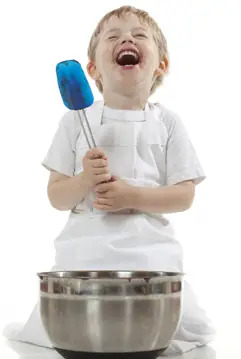 Smell
Smell
Here’s where cooking can be a great way to boost math skills while stimulating the senses. From chocolate chip cookies to chicken potpie, all of the spoon, cup, liquid, and solid measurements involved can be great math practice — and the smells that come with it are so yummy. Get some great recipes here.
Also, try creating a “smell test” station with dipsticks in oils, perfumes, and other aromatherapy items.
TIP: Lemon, ginger, and spearmint help stimulate memory processing…so cook some gingerbread while the kids are doing their homework and then see how they do on that test at school.
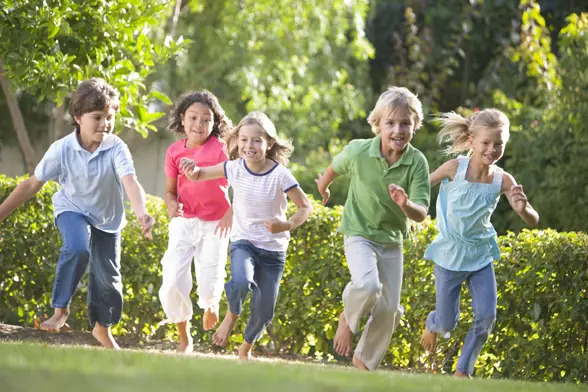 Sight
Sight
Create opportunities to explore and see the world with scavenger hunts and nature discoveries. Also, bring out some black lights (which can be especially effective in calming behavior). Turn off all TVs while doing homework, and turn on computer screens only when necessary for work. Kids get “brain freeze” or become fixated with the horizontal lines or LED screens of the TV or computer screens — this includes a phone, TV, or video game. Minimize “face-time” in front of a screen to only learning opportunities.
TIP: Limit violent or war-themed shows/games for an extra-sensitive child, as these incite reflective angry, hyper, and violent behaviors.
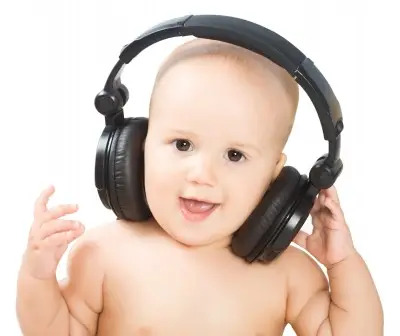 Hearing
Hearing
Improve memory and sociability by creating your own version of WeeZee’s Tickling Headphones that include a range of different sound experiences of high and low pitched tones that stimulate the thousands of hairs in our inner ear. Load your iPod with music, environmental sounds, etc. Encourage your child to “pick an instrument” by making them easily available around your home.
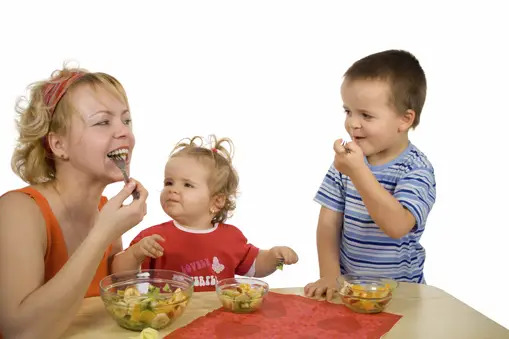 Taste
Taste
Eating is a social activity that provides our bodies and brains with the “gas to go.” Create adventures in food by making games of small taste experiences through cooking.
And brushing our teeth is not just good for preventing cavities — if your child brushes his tongue and inside cheeks, he stimulates his taste buds to accept new taste challenges.
TIP: Don’t forget to tell your child that his taste buds change every two weeks, so he should be trying “new foods” every week.
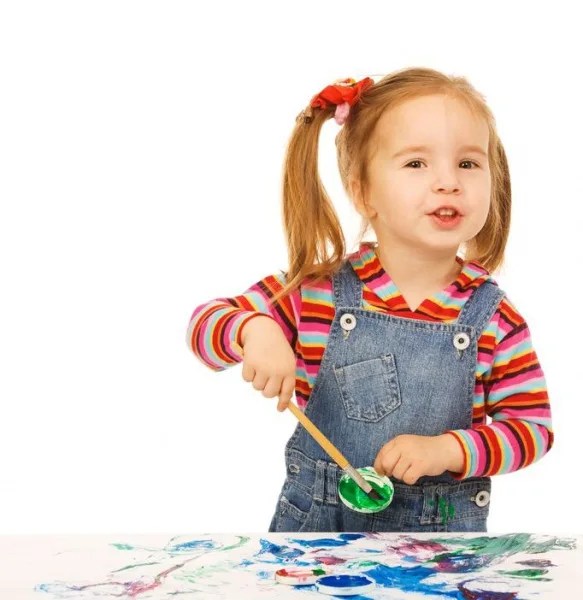 Touch
Touch
Never miss a holiday to make the most of the arts and crafts opportunities. Small motor skills are best taught through arts and crafts. If you’re painting a room in the house, let the kids “slop it up” before the painters come. Always have a truck load of art supplies like clay, paint, putty, slime, canvas, plastic, and more.
TIP: Don’t forget pet care. Cage cleaning, brushing, and washing the pet can be a bonding sensory experience that your child and pet will both enjoy. In the summer, I always had a garden growing and water toys of all types and sizes for a fully tactile (and wet!) experience that improves the small motor skills required for keyboards, writing, and other small instrumentation used in school.
 Self-in-Space
Self-in-Space
Many call our sixth sense “self-in-space.” To coordinate and develop gross motor and core balance muscles, I’ve always had a range of equipment on hand like pogo sticks, jump ropes, a trampoline, pillows (for pillow fights), swings, more swings, and balls. Eye-hand coordination games like tennis, ping-pong, baseball, hockey, lacrosse, football, basketball, and biking demand that both our cranio-hemispheres come together to improve creativity and critical thinking skills at a higher level. Healthy body, healthy mind — you can never get enough physical exercise.
Some other fun learning activities that were especially popular in my family: Game nights at the family table, “You’re a Star” home theater, magic acts, science and music shows with microphones and mirrors, and lots of other public speaking activities. We also made our own “Carpenter’s Workshop” and created our own photo exhibitions and art galleries. Our summer vacation fun included body-surfing, crabbing, and collecting. Geo-fishing is also a web-based geography game that’s become really popular.
You can’t go wrong as long as you keep thinking “outside the box” so that learning and fun are always in the same sentence. Anything you create or do will be a success and very effective as long as you make a conscious effort to be as creative as you can and really “feel” for your child. Then he can take control of learning in his own way. Your learning wonderland will start to do all the work, and you’ll be amazed at how much your children can teach themselves.
Louise Weadock is a registered child psychiatric nurse, mother of two, and the founder of WeeZee The World of “Yes, I Can!”, a health and fitness club for children and their families in Chappaqua, NY. Weadock is also a graduate of Johns Hopkins School of Public Health and owner of the 27-year-old ACCESS Nursing & Healthcare Services based in Pleasantville, NY. The programs at WeeZee are designed for kids of all abilities, ages 1-12; and its cutting-edge equipment, activities, and trained staff all aim to enhance and improve cognitive and physical capability by focusing on the five senses that challenge intellectual curiosity.





















